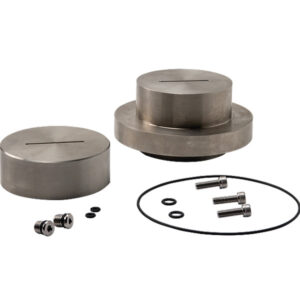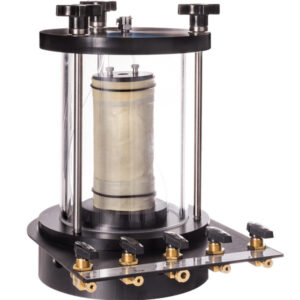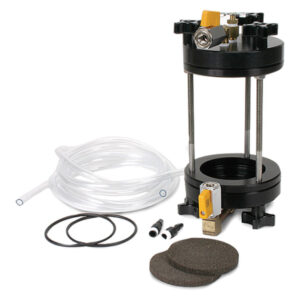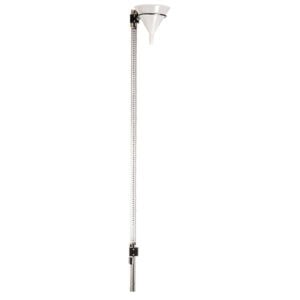Permeability of Soil
Showing 17–20 of 20 results
ON: 1-800-263-9244 AB: 1-800-663-4779

Soil permeability, also known as hydraulic conductivity, measures a soil’s ability to allow water to pass through it in terms of a permeability coefficient (k). Soils are permeable materials due to their grain structure and the existence of interconnected voids. Soil permeability can be estimated using empirical methods like soil survey mapping, soil texture, or particle size distribution. However, a variety of different laboratory and field test methods make it just as easy to measure these properties directly. The soil type and purpose of the test, accuracy required, and specimen type influence the selected test method. Materials with a high permeability coefficient will allow fluids to move rapidly through them while those with a low permeability will not. The measuring of a material's permeability is a key design characteristic for all earthen structures, such as structural foundations; embankments; earthen dams; flood management, and effluent infiltration.
Showing 17–20 of 20 results



